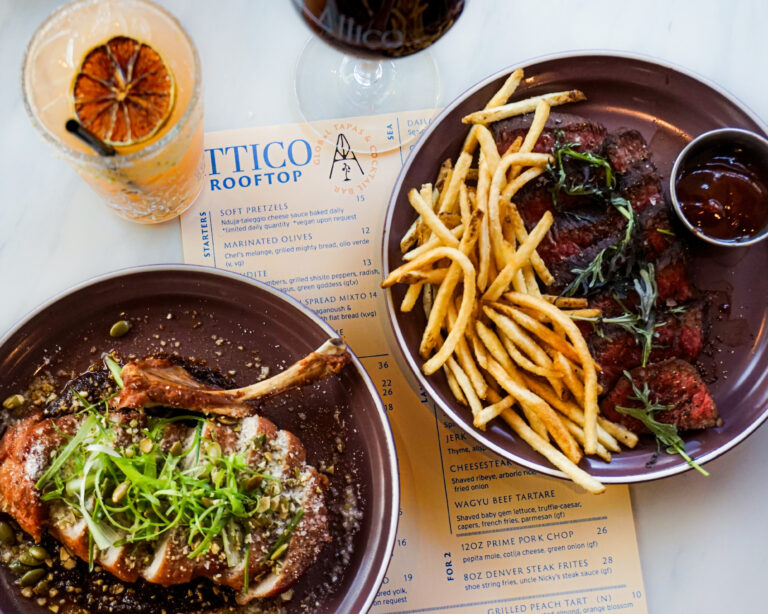The Naturalista
Growing trends and changing consumer preference carve out a space for the Naturalista, a woman with natural hair. Marketers and brands must understand her motivations, passions, and how to gain her trust. She faces challenges and concerns and in order for marketers to capture this consumer brand tribe, they must implement some of the following steps.
1. The Quest for the Perfect Curl
Women who identify as “naturals” are on a journey. They’re on an passionate quest for the perfect curl. The way to a natural’s heart is through her luscious locks–when she finds a brand that offers her results and consistency, she rarely strays. 
In many ways, her natural hair is yet another means of connecting with the people around her. She begins and engages in conversations about her hair with her family, friends, social networks, and perhaps most importantly, the other naturals she meets in Aisle 5 of Target, searching for that same holy grail: the perfect curl.
The natural has quickly learned to be wary of false prophets. In the past, small brands have misrepresented their products, thinking everyday buyers would be none the wiser. They were mistaken, and the price to pay was steep. Naturalistas come in troves. They come in tribes. Brand tribes. When one of them is deceived or bamboozled, they all are. Thus, when a brand misrepresents itself, naturals band together to expose the trickery and direct their comrades to a more reliable line.
2. Align with whom she trusts
In the past, the straightness of a slave’s hair was an indicator of how close they were to European genes–how close they were to whiteness. As a result, slaves without curls received preferential treatment, better food, and an opportunity to receive an education. Having “good hair” was more than a matter of aesthetics for slaves. It was a means to survival and to procure a better life. The necessity of straight hair led to the development of relaxers (or perms in the African-American community). As the name implies, these chemicals would literally relax the kinks, curls, and coils, which adorned the heads of black women. This process was partially responsible for engendering the sentiments that natural hair is nearly impossible to deal with or simply unappealing.
Chemically altering a young woman’s curl patterns was virtually a rite of passage within the African American community. Mothers, grandmothers, aunts, nieces, and daughters almost always went through the same process. Because so many black women were taught the importance of relaxing their hair from a young age, a majority of them fail to understand and appreciate the beauty of their natural hair.
Going natural is a growing trend; however, there are more than a few women of color who have chosen not to acknowledge this alternative choice for hair. The Naturalista is characterized by her propensity to challenge tradition and break habits imposed on her from a young age. She is looking for support and guidance in order to learn how to take care of her natural hair. In many cases, her family and friends cannot understand her quest. As such, the Naturalista turns to YouTube, Internet forums, and social media for support.
from a young age. She is looking for support and guidance in order to learn how to take care of her natural hair. In many cases, her family and friends cannot understand her quest. As such, the Naturalista turns to YouTube, Internet forums, and social media for support.
The Naturalista is an emerging consumer identity, and as such, the perfect intersection between brand and social media is critical. Given that the “natural hair” brand tribe is highly communicative and tightly knit, brands must gain the Naturalista’s trust by forming strategic alliances with social thought leaders. The Naturalista begins and engages in conversations about natural hair on social media; therefore, brands must interact and leverage the power of social conversations with these women. Brands must create interactive communities and begin two-way dialogues through Facebook, Twitter, YouTube, Pinterest, or Instagram. These outlets are where Naturalistas can be found, and that is where brands need to be.
3. She’s not Aunt Jemima
For the uninitiated, the natural hair movement is easy to misunderstand. Many critics feel that a Naturalista is either a woman who just doesn’t care about her outward appearance or a woman  who is desperately trying to rebel against the status quo. This could not be further from the truth. On the contrary, women who go natural tend to do it for the aesthetic–for the style. They do it because they’re carefree, lively, fun, fresh, and fierce.
who is desperately trying to rebel against the status quo. This could not be further from the truth. On the contrary, women who go natural tend to do it for the aesthetic–for the style. They do it because they’re carefree, lively, fun, fresh, and fierce.
Take note–Naturalistas are not homely. They are not matronly. She most certainly is not Aunt Jemima. She is fashion-forward, fun loving, and has interests beyond cooking and cleaning in the kitchen. She loves health, fitness, beauty, and fashion. Her personality is, in fact, quite dynamic–she’s complex and interested in everything the world around her has to offer.
For further information, please contact Sigourney Hudson-Clemons at sigourney.hudson-clemons@temple.edu.







